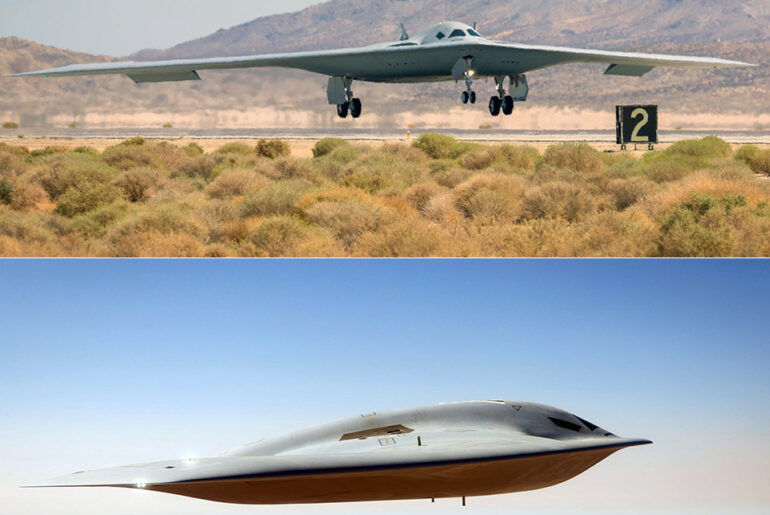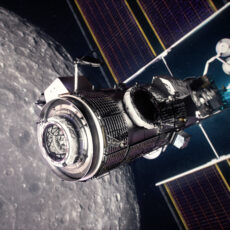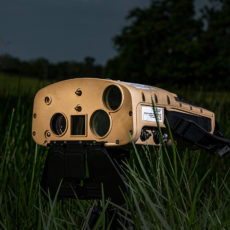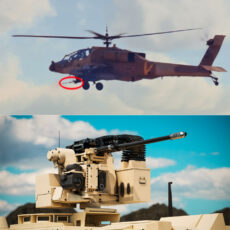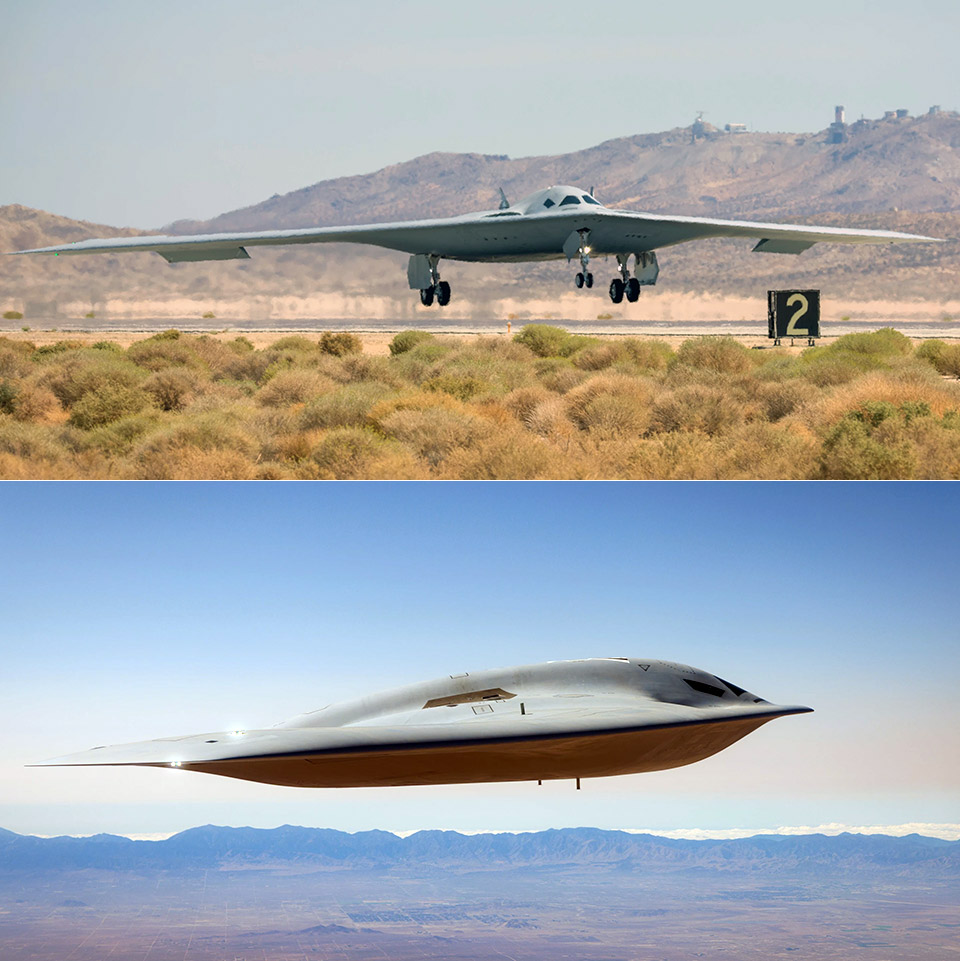
The second B-21 Raider rolled off the Northrop Grumman production line and took to the skies at 8 a.m. on September 11, accompanied by an F-16 escort that stayed close like a bodyguard. This was the moment the program shifted from basic checks on wings and engines to loading up weapons and fine-tuning the systems that will allow this bomber to sneak through defenses undetected.
After a clean landing at Edwards Air Force Base, the plane taxied to a stop in front of a group of 912th Maintenance Squadron airmen who rushed in to secure it. The plane flew its first flight without a hitch and officials declared it a success. To be cautious and gather data on low-speed behavior, the landing gear remained down for most of the flight. Now parked next to its twin, Cerberus, which has been flying twice a week since last year, the two make up the foundation of a growing test fleet that’s starting to feel like a real operation.
- 2 AVIATION LEGENDS, 1 BUILD – Recreate the iconic Boeing 747 and NASA Space Shuttle Enterprise with the LEGO Icons Shuttle Carrier Aircraft (10360)...
- DEPLOY LANDING GEAR – Turn the dial to extend the massive 18-wheel landing system on your airplane model, just like real flight operations
- AUTHENTIC FEATURES & DETAILS – Remove the tail cone, engines, and landing gear from the NASA shuttle and stow them in the cargo bay during flight
The Air Force can divide and conquer when there are two birds in the air. Cerberus is reiterating the basics: the Raider can fly through turbulence, turn in tight spaces and extend its wings before they reach their max. The new bird is taking on a tougher task: showing off the inner workings of the machine. This Monday, Northrop Grumman reps said the second plane will have a cleaner configuration for weapons testing instead of the probe-and-cone setup used in the first flight last year. It will soon be carrying a mock payload of the AGM-181 Long-Range Stand-Off cruise missile, the B61 nuclear gravity bomb and even the first models of the upcoming large penetrator warhead designed to crack open hardened bunkers deep underground.
You can see why these tests are so important by looking at the Raider’s lines. It’s a little smaller than the old B-2, 132 feet across the wings, but every curve has a purpose: to keep the profile low and the signature small by scattering radar pings like dust in the wind. The only flat areas on the belly are the bomb bays, which are blanked out to prevent spoilers. Two Pratt & Whitney PW9000 engines, turbofans without afterburner and designed for silent efficiency above speed, provide the power. From bases back home it can get to anywhere on the map with a 20,000 pound payload that tops out at Mach 0.8 and doesn’t need mid-air refueling. Range is classified but whispers say it’s north of the B-2’s 6,000 nautical miles, enough to circle threats all day without breaking a sweat.
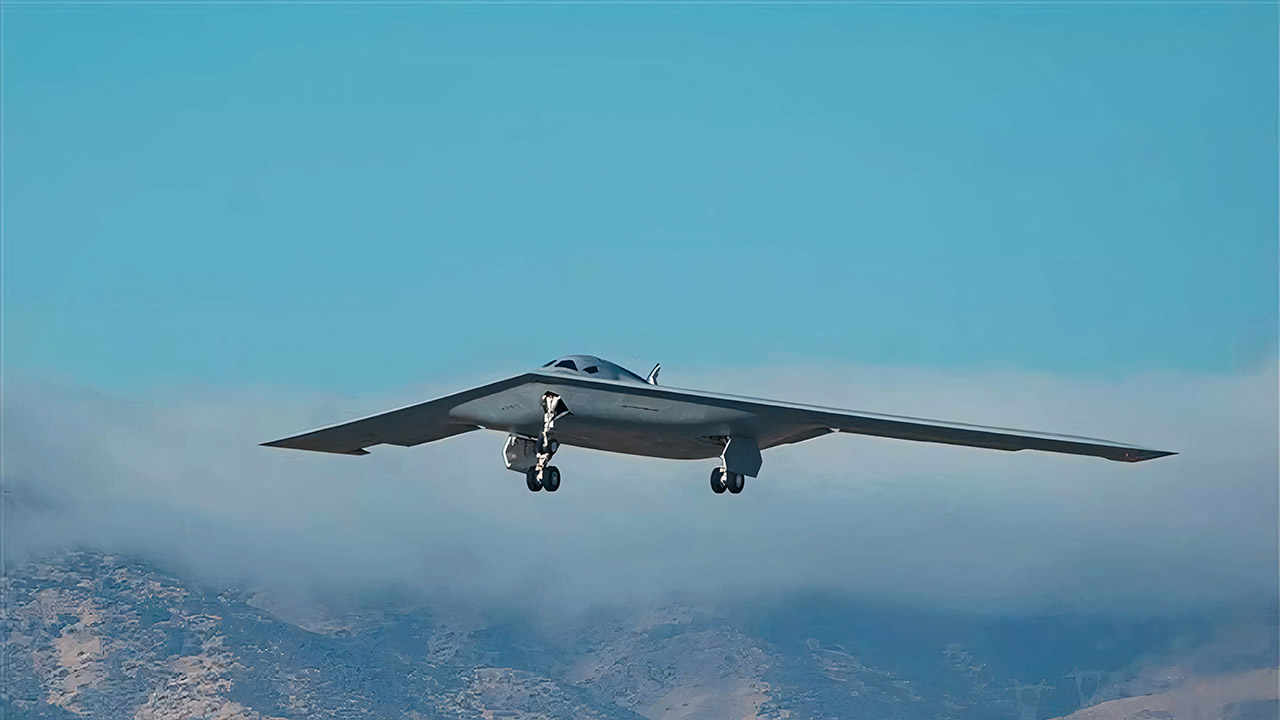
Artificial intelligence-infused flight computers manage the autopilot, so crews can program missions where a pilot rides along optionally or the aircraft flies solo for periods of time where accuracy is more important than endurance. Like over-the-air updates for your phone, software updates keep sensors and weapons current against changing defenses. Northrop has been pounding this point in ground tests using additional airframes—non-flyers that go through simulated lifetimes of takeoffs, landings and combat runs. Results are consistently above expectations, so this is a workhorse that will be ready to take over when the B-1s and B-2s retire in the 2030s rather than just another expensive aircraft.
[Source]

